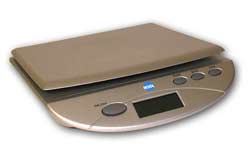The definitive marijuana guide from Cannabis UK
The search for selective ligands
for the CB2 receptor
by
Huffman JW
ABSTRACT
Following the identification of the CB2 receptor several groups explored the development of selective ligands for this receptor which occurs principally in the periphery. This led to the discovery that two cannabimimetic indoles, 1-(2, 3-dichlorobenzoyl)-2-methyl-3-(2-[1-morpholino]ethyl)-5-methoxyind ole (L768242) and 2-methyl-1-propyl-3-(1-naphthoyl)indole (JWH-015) have high affinity for the CB2 receptor with low affinity for the CB1 receptor. Shortly thereafter two 1-methoxy-delta8-THC analogues, 1-methoxy-delta8-THC-DMH (L759633) and 1-methoxy-delta9(11)-THC-DMH (L759656), were also found to have high affinity for the CB2 receptor and very little affinity for the CB1 receptor. Almost simultaneously two 1-deoxy-delta8-THC analogues, 1-deoxy-11-hydroxy-delta8-THC-DMH (JWH-051) and 1-deoxy-delta8-THC-DMH (JWH-057) were reported to have high affinity for the CB1 receptor, but even greater affinity for the CB2 receptor. These discoveries gave rise to a concerted effort by Huffman and co-workers to explore the structure-activity relationships (SAR) at CB2 of cannabimimetic indoles and 1-deoxy-delta8-THC analogues. These efforts have resulted in the synthesis and pharmacological evaluation of a number of derivatives of 3-(1-naphthoyl)indoles and 1-deoxy-delta8-THC analogues with various side chains. This review will describe the current status of the results of these studies and discuss the SAR for both these classes of ligands.
HOME

Sitemap:









